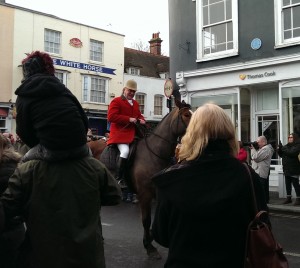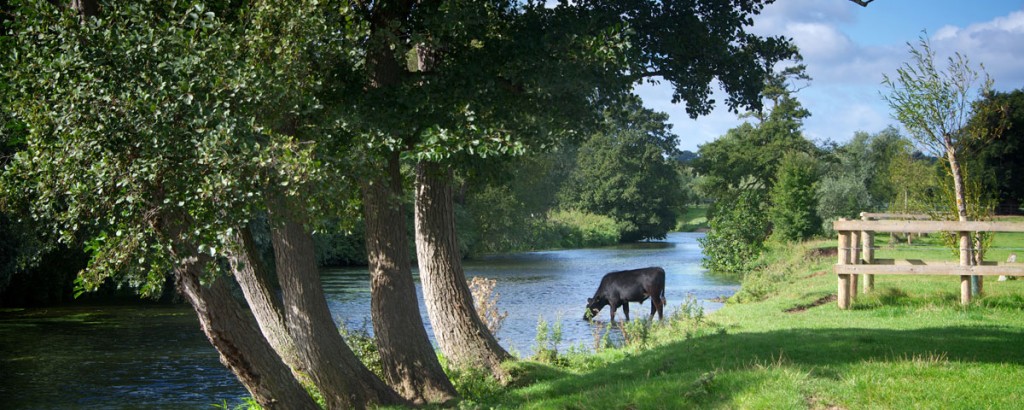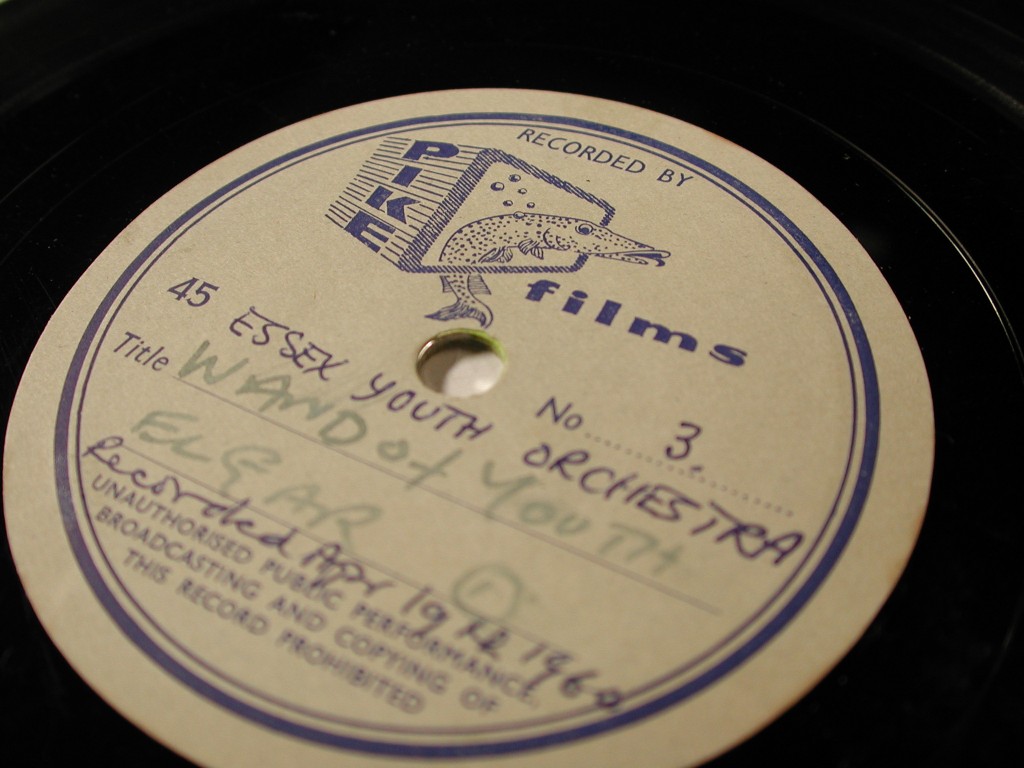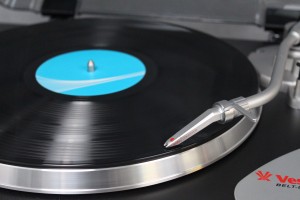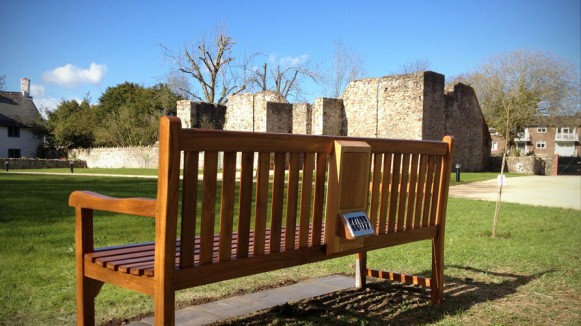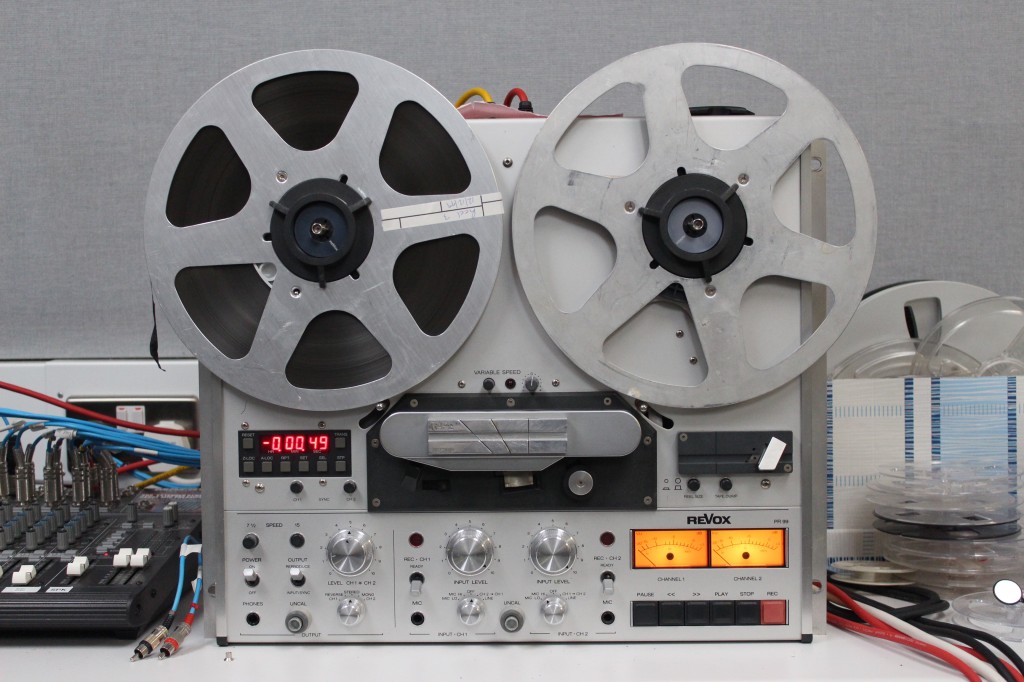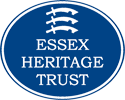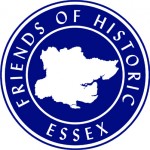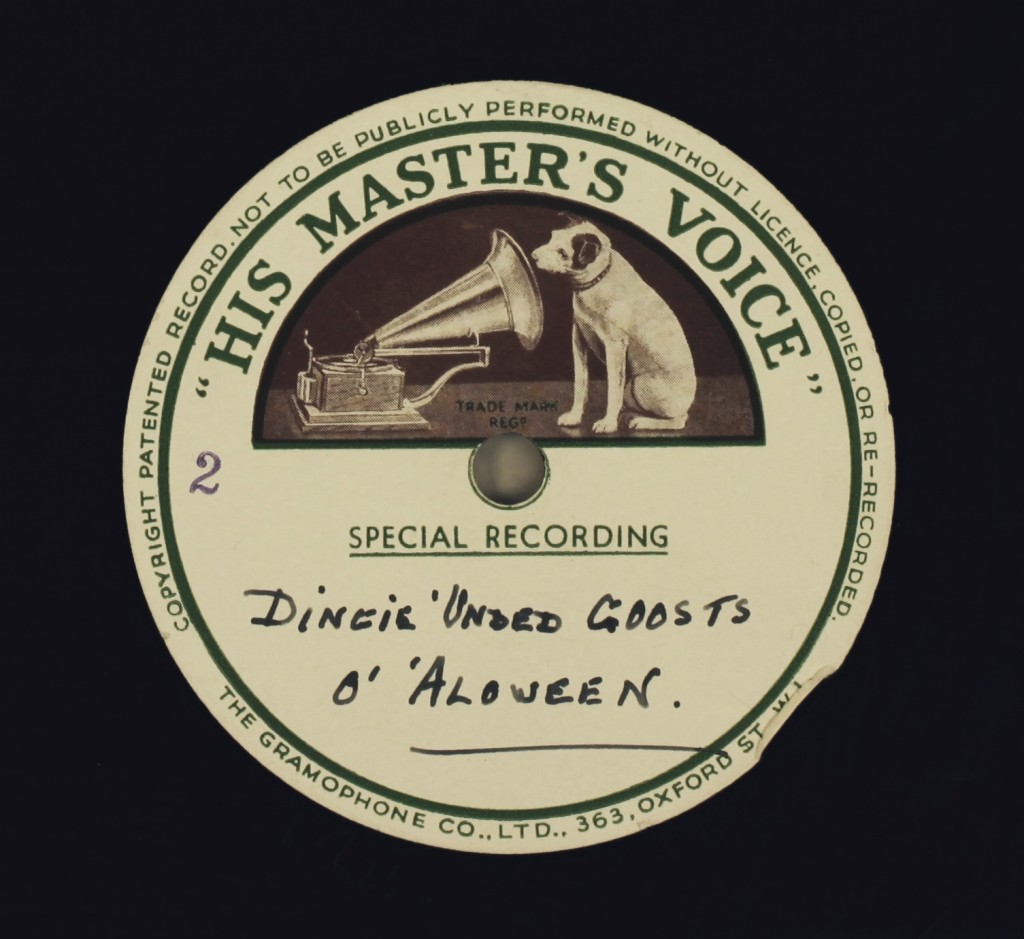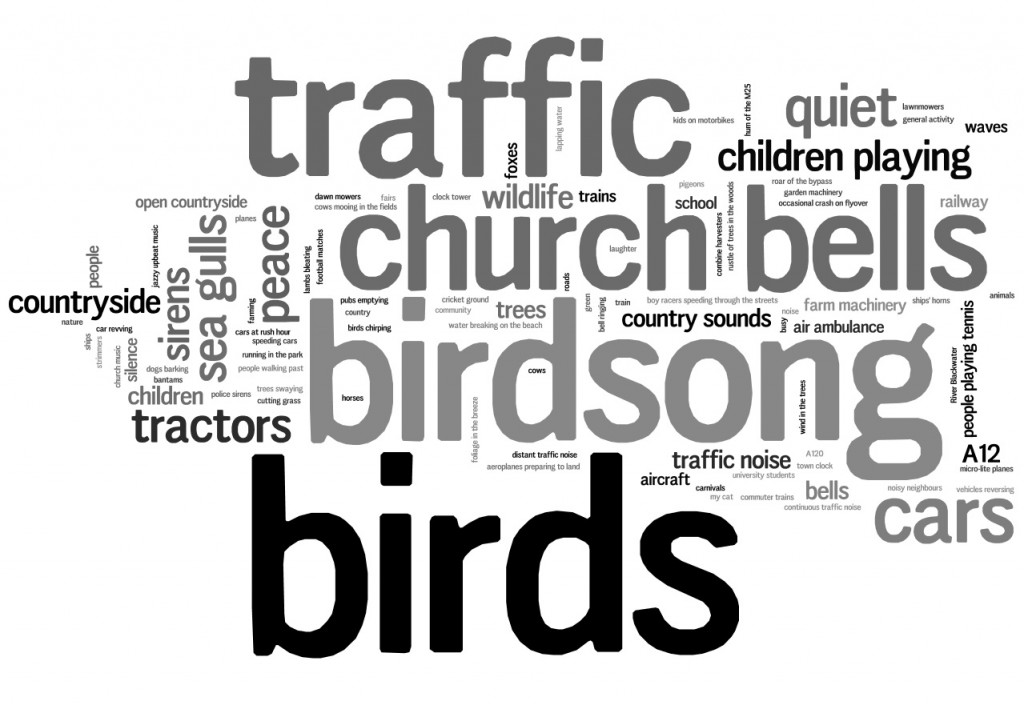For the past six months, the You Are Hear project team at the Essex Sound and Video Archive has been asking you what Essex sounds like. Whether stopping innocent passers-by in shopping centres, appealing to the public through newspapers, or calling for suggestions through e-bulletins, we have been asking you what noises you hear in your daily routine, what noises you associate with the county, what sounds represent your community.
Now we have the answer! Well, to a point. We have compiled the results with our Sound Recordist, Stuart Bowditch. Based on your suggestions, he has been venturing into the far corners of the county, braving all weathers, to capture those soundscapes. And now you can hear some of the results on our audio map, Essex Sounds.
From church bells to firework displays; the annual New Year’s hunt parade through Maldon to the sounding of ship’s horns at Tilbury to bring in the New Year (yes, he managed to capture both, and more besides that day!): see if your suggestion of an Essex sound has been recorded.
In our public surveys about Essex sounds, many people commented on a perceived difference between the north and south of the county. Commonly, people considered the southern part of the county to contain more industrial noises, more hustle and bustle, more crowded atmospheres: with more people speaking with a London or ‘TOWIE accent’. The north was depicted as quieter, more rural, where the people are more likely to speak with a ‘traditional’ Essex accent.
Is this an accurate depiction of the county, or is it over-generalised? Why not consult the Essex Sounds map to see if it reflects this north-south divide?
The map also enables comparisons between old and new sounds of the county. We have uploaded some historic recordings from the Archive. For example, you can listen to an auction at the Chelmsford cattle market in the 1950s.
[soundcloud url=”https://api.soundcloud.com/tracks/228652756″ params=”auto_play=false&hide_related=false&show_comments=true&show_user=true&show_reposts=false&visual=true” width=”100%” height=”450″ iframe=”true” /]
You can then compare it with a recording made on that site in 2015, capturing the busy atmosphere of High Chelmer on a Saturday. Try it out here.
If your sound suggestion has not yet been added, do not fear: our site is still a work in progress. Stuart will continue to record Essex sounds over the next few months, gradually uploading them to the audio map. We will also keep adding historic recordings as they are digitised, as part of this Heritage Lottery Funded project. We are also happy to continue to receive suggestions of places and events to record, though we will not be able to include everything within the scope of the project.
In the meantime, why not contribute your own recording to the site? We want the map to fully reflect your experiences of what Essex sounds like. You will find instructions on the ‘contribute’ page, but please get in touch if you have any questions.
We would love to hear any feedback you have, so that we can continue to improve the site and pass on your comments to our website developers, Community Sites. Please be gentle with us, though: we are still in the development phase! We would also be grateful for any volunteers to test the map more extensively, particularly if you are using accessibility software. Please get in touch to find out more.
For more information about the You Are Hear project, you can visit the project site.

